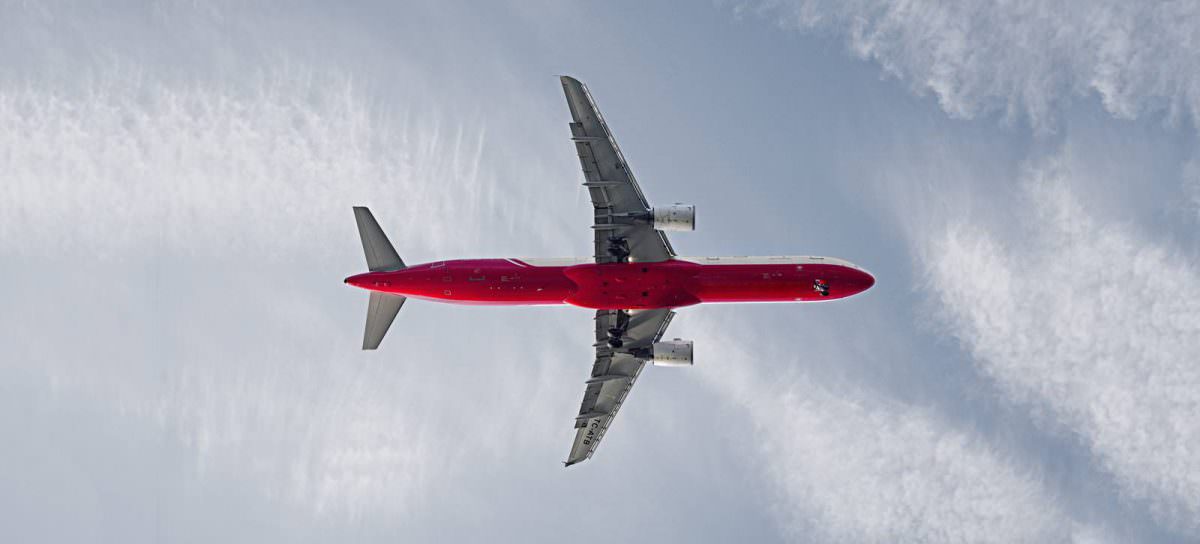Even for frequent fliers, a “go-around” can be a pretty unnerving experience. What is most important to recognize about this infrequent, but stressful event, is that the pilots have avoided what COULD have potentially been a less safe landing. Let’s remember that pilots operate with safety as their primary concern, with strict limitations for every aspect of the flight. Discontinuing a landing and “going-around” means that the pilots or air traffic controllers saw something that they did not like and they decided to be cautious and not risk the safety of the flight. They were actually making the flight safer by going around. Every parameter of a given flight has safety margins or cushions built in. A “go-around” is just another tool or way for the pilots to preserve those margins.
In fact, all airlines actually have a list of conditions that must be satisfied in order for the pilots to carry out a landing. Similarly, airlines also have a list of situations that require a go-around to be executed. Both of these lists and the information they contain are required knowledge for all pilots. The lists and procedures are developed, approved, and monitored by the pilots, airlines, airplane manufactures, and governing aviation safety authorities (FAA, ICAO, etc.). Of course, in addition to these written procedures, the pilots always have the ultimate authority to initiate a go-around for any circumstances that they believe would potentially jeopardize the safety of the flight.
As an airline pilot for many years, I cannot recall exactly how many times I have had to “go-around” in real life (less than a dozen, with countless more times in the simulator). But I can tell you how many times I’ve had a close call where our plane almost collided with another airplane: ZERO. All of the times that I have had to execute a “go-around,” the other plane was still so far away that it was barely visible. So, while all of the sensations associated with a “go-around” may still catch you off-guard and cause some anxiety, you can take comfort in knowing that you are still absolutely safe. To borrow a phrase that many of us learned as children, rather than take a chance, the pilots have elected to treat the approach and landing as a “do-over.” They are effectively choosing to start the approach and landing over in order to ensure better conditions. Safety is, and always will be, their number one priority.






